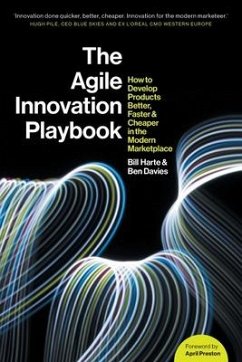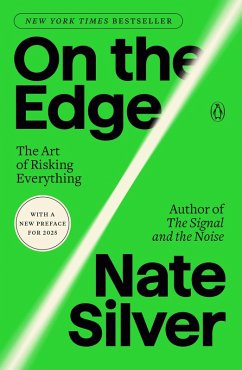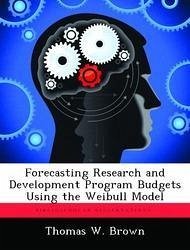
Forecasting Research and Development Program Budgets Using the Weibull Model
Versandkostenfrei!
Versandfertig in über 4 Wochen
15,99 €
inkl. MwSt.

PAYBACK Punkte
8 °P sammeln!
Norden (1970) uses the Rayleigh, which is a degenerative of the Weibull, to model manpower on research and development (RD) programs. Several research efforts extend his work including Lee, Hogue, and Gallagher (1997) who build RD program budgets based on Rayleigh expenditures. We demonstrate the theoretical limitations to the Rayleigh model and present the Weibull model, which mitigates those limitations. Using 102 completed RD defense programs, we develop regression models to predict the requisite shape and scale parameters to forecast Weibull-based budgets. Using the remaining 26 completed ...
Norden (1970) uses the Rayleigh, which is a degenerative of the Weibull, to model manpower on research and development (RD) programs. Several research efforts extend his work including Lee, Hogue, and Gallagher (1997) who build RD program budgets based on Rayleigh expenditures. We demonstrate the theoretical limitations to the Rayleigh model and present the Weibull model, which mitigates those limitations. Using 102 completed RD defense programs, we develop regression models to predict the requisite shape and scale parameters to forecast Weibull-based budgets. Using the remaining 26 completed RD programs to validate the robustness of our regression models, we show that 100 and 96 percent of the least squares estimated shape and scale values respectively, fall within a 95 percent prediction interval. We determine the Weibull model's budget projection capability by comparing forecasted Weibull-based budgets to 128 completed RD program budgets and report an average correlation of 0.607. To determine the significance of our results we compare forecasted Rayleigh-based budgets to the same 128 completed program budgets. Using the Weibull over the Rayleigh model when applying Lee, Hogue, and Gallagher's (1997) methodology, we improve initial budget profile projections on average 60 percent. This work has been selected by scholars as being culturally important, and is part of the knowledge base of civilization as we know it. This work was reproduced from the original artifact, and remains as true to the original work as possible. Therefore, you will see the original copyright references, library stamps (as most of these works have been housed in our most important libraries around the world), and other notations in the work. This work is in the public domain in the United States of America, and possibly other nations. Within the United States, you may freely copy and distribute this work, as no entity (individual or corporate) has a copyright on the body of the work. As a reproduction of a historical artifact, this work may contain missing or blurred pages, poor pictures, errant marks, etc. Scholars believe, and we concur, that this work is important enough to be preserved, reproduced, and made generally available to the public. We appreciate your support of the preservation process, and thank you for being an important part of keeping this knowledge alive and relevant.



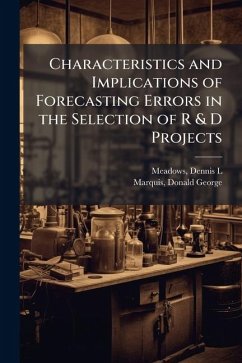
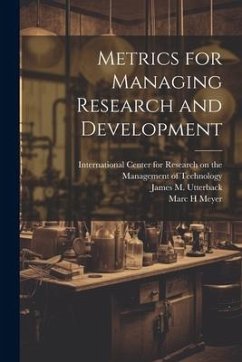
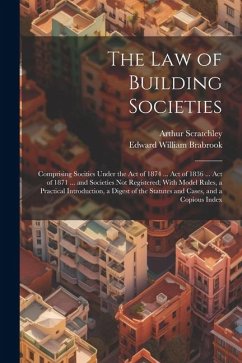

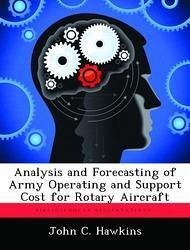
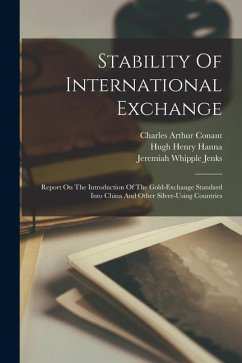
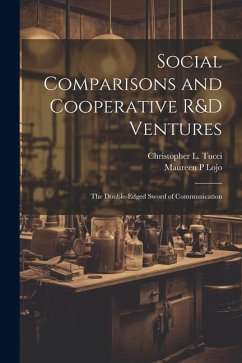
![Suggestions for a Simple System of Decimal Notation and Currency [microform]: After the Portuguese Model Cover Suggestions for a Simple System of Decimal Notation and Currency [microform]: After the Portuguese Model](https://bilder.buecher.de/produkte/66/66123/66123944n.jpg)
